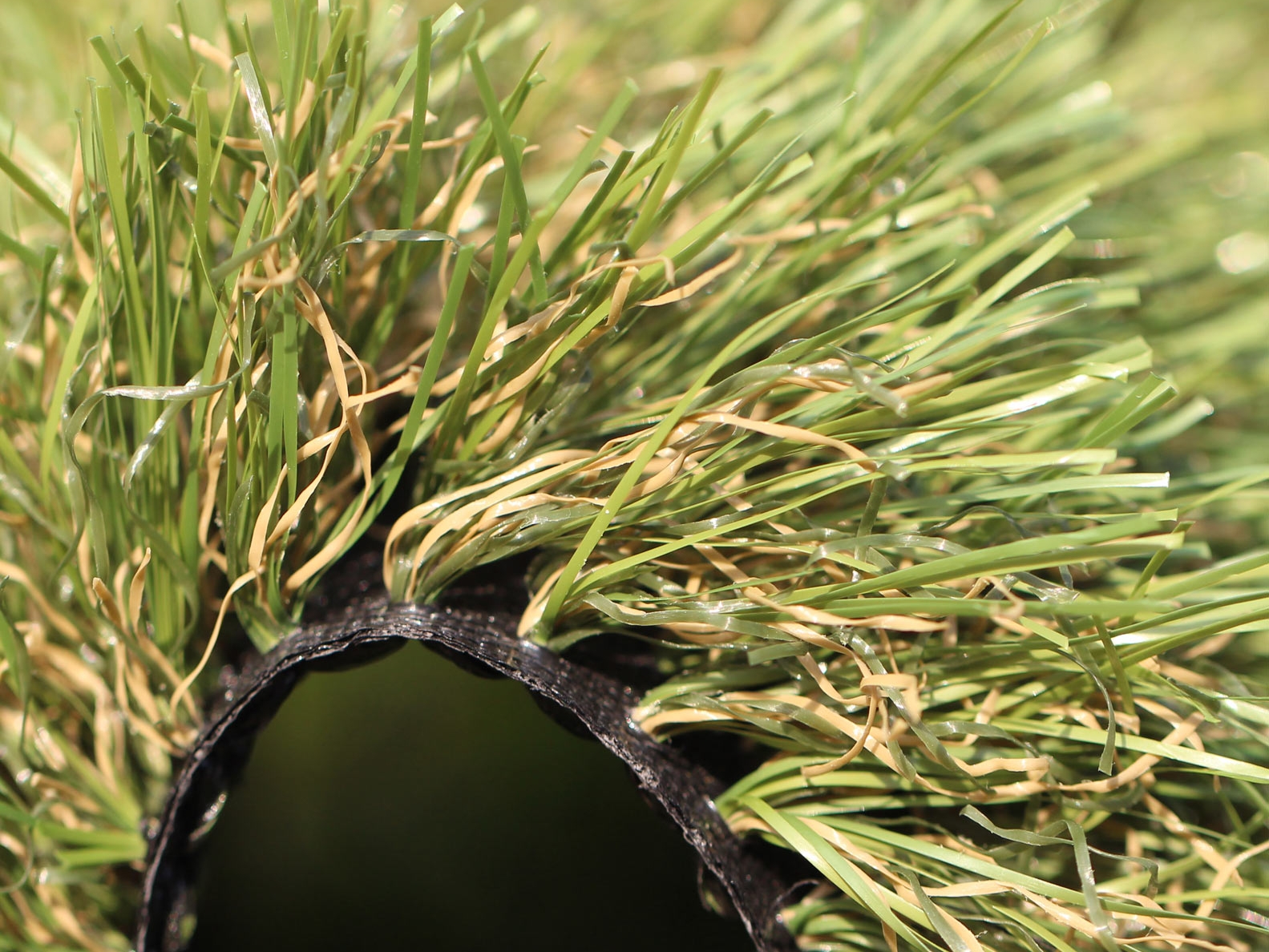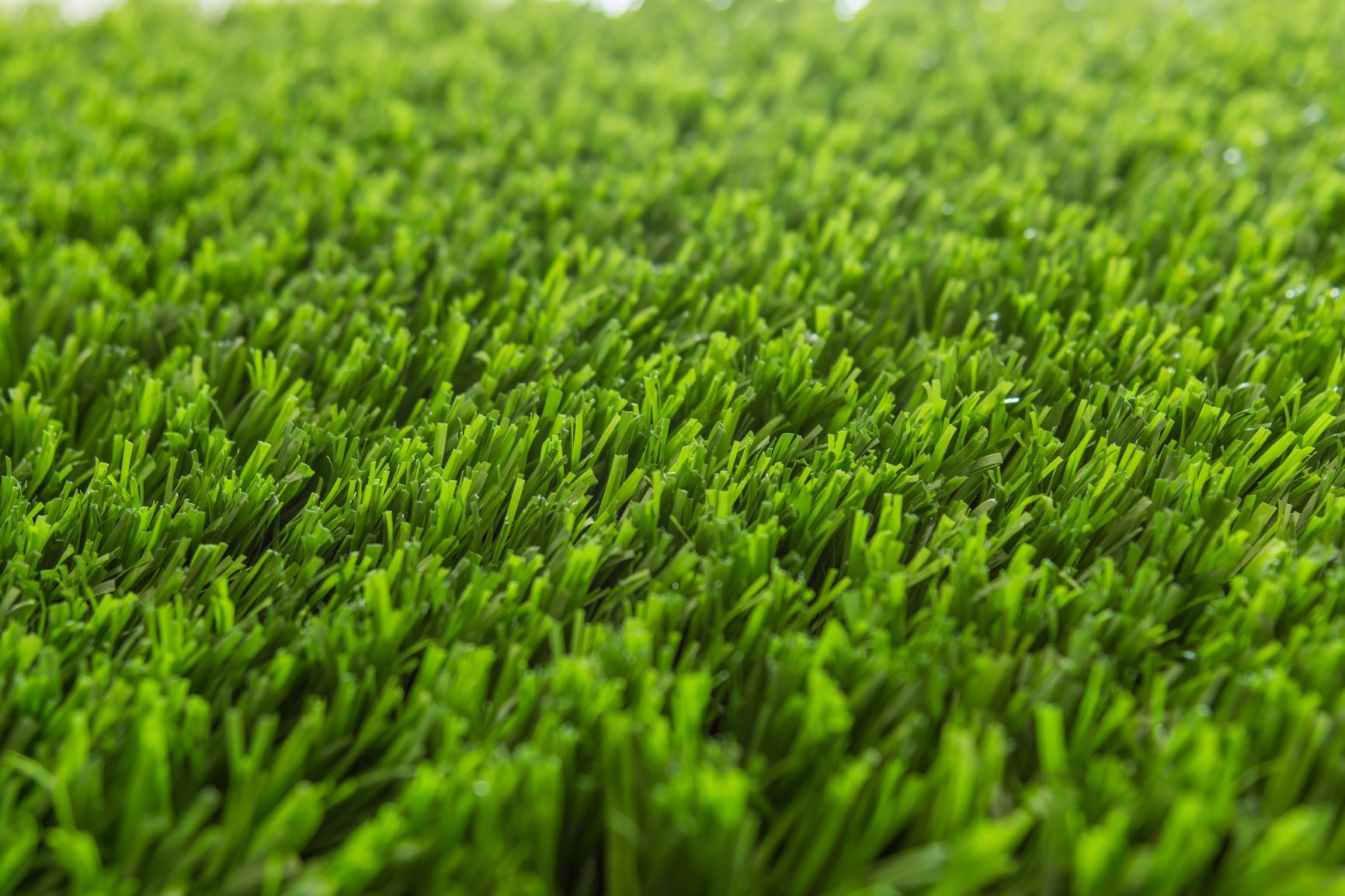Reliable Artificial Turf Companies Phoenix for a Lush and Evergreen Lawn
Reliable Artificial Turf Companies Phoenix for a Lush and Evergreen Lawn
Blog Article
Explore the Environmental Conveniences of Opting for Synthetic Grass Solutions
The fostering of fabricated turf remedies presents a compelling chance to attend to pressing ecological challenges. By significantly lowering water use and reducing the application of dangerous chemicals, these alternatives not only advertise lasting landscape design but additionally safeguard local environments. Moreover, the reduced carbon footprint related to reduced maintenance activities adds to a more lasting approach to land administration. Nevertheless, the ramifications of these benefits expand past plain conservation initiatives, raising concerns regarding their long-term influence on environment conservation and general environmental equilibrium. Checking out these measurements reveals a complex interplay worth considering.
Water Conservation Advantages
One of one of the most substantial advantages of synthetic turf is its ability to save water. Traditional lawn lawns need substantial watering, particularly in areas vulnerable to drought or water constraints. In contrast, synthetic grass does not require watering, substantially minimizing the general demand for water resources. This feature is particularly advantageous in deserts where water shortage is a pushing problem.
By eliminating the requirement for routine watering, fabricated turf contributes to lasting landscape methods and helps alleviate the environmental impact of too much water intake. The conservation of water prolongs to the decrease of overflow, which can lead to dirt disintegration and waterway air pollution.
In addition, the installation of synthetic grass allows communities and homeowners to allot water resources much more successfully, focusing on essential usages such as drinking water and agriculture. The shift in the direction of man-made grass not just advertises responsible water usage yet additionally lines up with more comprehensive environmental objectives focused on preserving natural resources.
As communities significantly focus on sustainability, the water conservation advantages of synthetic grass offer an engaging case for its fostering in household and commercial landscape design jobs.
Minimized Chemical Use
The change to synthetic grass considerably reduces the dependence on chemical therapies generally used in natural lawn upkeep. Traditional lawn monitoring normally involves the application of fertilizers, herbicides, and pesticides to advertise development and control insects. These chemicals can posture dangers to human health, local wildlife, and the atmosphere, adding to dirt and water contamination.
In comparison, synthetic grass gets rid of the need for these unsafe compounds. As soon as mounted, it requires marginal upkeep, mostly including regular cleaning and seldom infill replenishment. This decrease in chemical usage not only profits the instant atmosphere yet additionally adds to more comprehensive ecological stability. By lessening the release of artificial substances right into the community, fabricated lawn advertises much healthier soil and water supply.
Additionally, the absence of chemical drainage connected with synthetic grass installations aids protect regional rivers from air pollution, supporting water life and keeping biodiversity. Arizona turf. As neighborhoods progressively focus on sustainable methods, selecting synthetic lawn presents a viable solution that aligns with ecological preservation objectives. Via this change, homeowner can appreciate lush environment-friendly spaces without endangering environmental health and wellness, leading the way for a more sustainable future
Reduced Carbon Impact

Moreover, the installment of synthetic grass can lead to considerable water preservation. All-natural yards call for significant amounts of water for watering, which not just includes in the carbon impact connected with water extraction and therapy but also strains neighborhood water sources. In comparison, synthetic grass requires very little upkeep, requiring no watering, thereby considerably minimizing water usage and its associated energy prices.
Additionally, the long life of fabricated turf contributes to its decreased carbon impact. With a life-span of as much as 15 years or more, the demand for regular substitutes is reduced, resulting in less waste and lower energy consumption in production and disposing of standard have a peek at this website grass choices. Generally, synthetic grass presents a lasting choice for eco aware landscaping.
Habitat Preservation
Environment conservation is a crucial consideration in the dispute over landscape design options, specifically when comparing synthetic grass to all-natural grass. Natural turf lawns frequently require extensive maintenance, including using pesticides, herbicides, and fertilizers, which can detrimentally impact regional ecosystems. These chemicals can seep right into the dirt and waterways, hurting native plants and animals and interrupting regional environments.
In contrast, synthetic turf presents a possibility to decrease the environmental footprint of landscape design. By selecting synthetic yard, homeowners can minimize the disruption of all-natural environments related to traditional yard care practices. Synthetic grass eliminates the requirement for dangerous chemicals, consequently protecting close-by wildlife and maintaining the honesty of bordering ecosystems. The installment of man-made grass can lead to the conversion of previous grass locations into even more biodiverse landscapes, such as pollinator yards or native plant locations, which can support regional wild animals.
Inevitably, the change to man-made turf not only preserves water and reduces maintenance efforts but additionally fosters a much more harmonious partnership between human tasks and the natural surroundings, promoting environment conservation while doing so.
Long-Term Sustainability
Long-term sustainability is a crucial element in examining the benefits of synthetic grass over traditional yard lawns. Among the most considerable benefits of synthetic grass is its toughness; it can last approximately 15-20 years with marginal maintenance, whereas natural lawn needs constant reseeding and substitute. This longevity decreases the requirement for consistent sources, such as water, fertilizers, and pesticides, which are essential for keeping a healthy grass yard.
In addition, synthetic grass adds to a reduction in carbon exhausts associated with yard Going Here treatment equipment. Traditional grass typically need gas-powered lawn mowers, leaners, and blowers, every one of which add to air pollution. Phoenix turf companies. On the other hand, artificial lawn eliminates the need for such equipment, advertising a cleaner atmosphere
Furthermore, the production of synthetic grass significantly uses recycled products, enhancing its sustainability profile. As producers take on environment-friendly practices, the environmental impact of synthetic grass continues to decrease.

Final Thought
The adoption of artificial grass services provides significant ecological benefits, including substantial water conservation, reduced reliance on harmful chemicals, and a lower carbon footprint. Furthermore, man-made turf aids in maintaining all-natural environments by reducing land disturbance and promoting long-term sustainability via the usage of long lasting products. Collectively, you can find out more these aspects emphasize the possibility of man-made lawn to add positively to ecological wellness and supply a feasible option to traditional landscaping methods in a significantly resource-conscious globe.
In contrast, fabricated grass does not require watering, dramatically reducing the overall need for water resources. By lessening the launch of synthetic substances right into the community, synthetic grass promotes healthier soil and water systems.
Furthermore, the setup of artificial lawn can result in considerable water conservation. In contrast, fabricated grass requires very little upkeep, needing no watering, thereby significantly reducing water use and its associated power costs.

Report this page